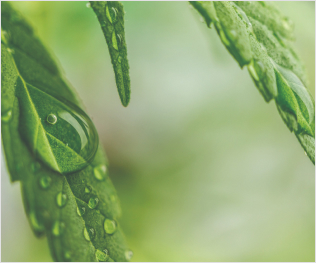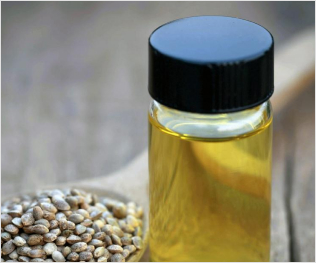IS MEDICINAL CANNABIS RIGHT FOR YOU?
Experienced doctors are available to assess your eligibility and provide expert care
Learn more
Medicinal cannabis products exist in various forms with oils being the dominant and preferred method of delivery. Medicinal cannabis products can also be found as capsules, dry flower, oromucosal spray, lozenges and creams – with new methods of delivery continually being developed.

Medicinal cannabis can be prescribed for any chronic indication where there is supporting clinical evidence for its use and after all clinically appropriate treatment options have been considered.

Being informed on medicinal cannabis as a legal treatment option will help give you the confidence in starting this important conversation with your doctor and support you in asking about your treatment plan.

Medicinal Cannabis, including Bod MediCabilis, is prescription only medicine. Pharmacies can order the medicine directly from Bod once the relevant approved and prescriptions are received.
Our Partners
If you have thought about medicinal cannabis for your condition, we invite you to learn more about medicinal cannabis and its use. Medicinal cannabis may be considered for several medical indications in consultation with your treating physician.
Learn more

